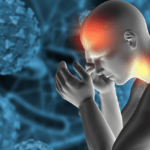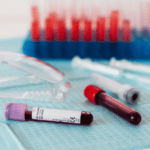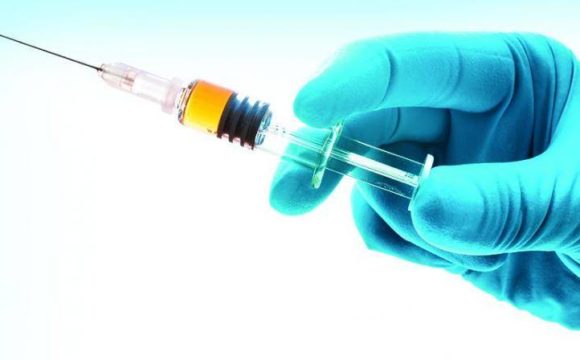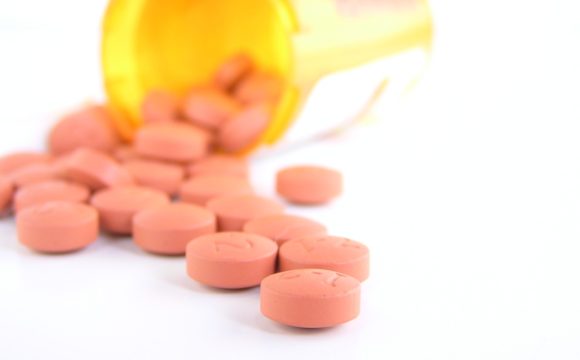With almost 153 million cases as of April 2021, the Coronavirus outbreak has proven to be fatal and a health threat in all corners of the world. Several challenges are being tackled by healthcare workers across the world every day just to reduce the severity and mortality of COVID‐19. The intensive care units (ICUs) are generally being assigned to severe patients with COVID‐19 while the non‐severe/mild patients are being treated in the general isolation wards of the hospitals. Nonetheless, it had turned out to be even more challenging as even a small subset of mild COVID‐19 patients are developing into extreme illness courses. Accordingly, it had become critical to recognize and analyze early and start the treatment of this subset of patients at the earliest to decrease the seriousness of the illness and improve the results of COVID‐19. It was demonstrated by several clinical studies that changed levels of few blood markers may be connected with the level of seriousness and mortality of patients with COVID‐19 out of which C‐reactive protein (CRP) has been found as a significant marker that changes notably in severe COVID‐19 patients.
What is CRP?
CRP or C-reactive protein can be defined as an acute-phase protein that is known to serve as an early marker in case of an infection or inflammation. CRP is produced in the liver at concentrations of less than 10 mg/L in the blood. C-reactive protein has been seen to rapidly rise within the initial 6 to 8 hours during an inflammatory disease or any infectious condition. The levels have also been shown to peak at levels of 350–400 mg/L after 48 hours from the disease onset. CRP is widely measured by immunoturbidimetry, enzyme-linked immunosorbent assays (ELISA), or antibody-based nephelometric assays which are commonly sensitive to concentrations of 5–20 mg/L. But the threat of CRP measurement as a risk factor for cardiovascular diseases has steered the path for the advancement of hs-CRP- high-sensitivity CRP assays that have the ability to detect lower CRP concentrations. hs- CRP assay is sensitive to 0.5–10 mg/L. The concentration of CRP is unaltered by the patient’s age or sex, RBC shape, anemia, or protein levels. Nonetheless, the CRP levels are generally seen on the higher side in pregnant females.
How does CRP work?
CRP is known to preferably bind with phosphocholine that is expressed on the surface of damaged cells and with Pepto-saccharides & polysaccharides that are found in fungi, bacteria, and parasites. This binding activity leads to the activation of the immune system’s complement cascade and regulation of the phagocytic cell activities. This in turn assists the CRP in marking a pathogen of infectious agents and dead or dying cells for ingestion and destruction by a phagocyte (opsonization). The half‐life of CRP is about 19 hours and its levels decrease once the tissue destruction or inflammation is fixed and the patient is healing making it a helpful marker for observing disease activity.
The correlation between CRP and COVID-19
Patients with COVID‐19 were found to have an increased level of CRP i.e. on average of 20 to 50 mg/L. It was observed that in patients with severe cases of COVID‐19 the CRP levels were elevated up to 86% which was far more than the patients with the non‐severe or mild condition. Gao Y, Li T, Han M, et al., 2020 reported in one of their studies that on average the CRP levels were found to be 39.4 mg/L in patients with more severe symptoms and 18.8 mg/L in case of patients with mild symptoms. The elevated CRP levels may be attributed to the excessive production of inflammatory cytokines in patients with severe cases of COVID‐19.

Though Cytokines battle against microorganisms, in the hyperactive state of the immune system it has the capacity to damage lung tissues. Hence, the production of CRP is instigated by inflammatory cytokines and tissue destruction in COVID‐19 patients. A significant correlation is also seen between patients with low oxygen saturation (SpO2 ≤ 90%) and higher levels of CRP (median 76.5 mg/L) than compared to the patients with high oxygen saturation (SpO2 > 90%) (median 12.7 mg/L). This indicates that there is an increase in the levels of CRP in the patients with severe lung damage which unfolds the fact that higher CRP levels indicate more severe disease course‐linked to lung injury and worse prognosis.
Mo P, Xing Y, Xiao Y, et al, 2020 in their study has reported that the mean concentration of CRP was significantly higher in severe patients (46 mg/L) than non‐severe patients (23 mg/L). Wang S, Lin D, Yang X, et al, 2020 reported that 10 fold higher levels of CRP were detected in patients who died of COVID‐19 than the patients who recovered. In a study by Tan C, Huang Y, Shi F, et al., 2020, it was observed that there is a significant correlation between the CRP levels and exacerbation of patients with non‐severe COVID‐19 condition. Hence it was proposed that CRP is an appropriate marker for predicting the probability of severity of non‐severe COVID‐19 patients (optimal threshold value of 26.9 mg/L). Researchers have also observed that the danger of progressing severe events is expanded by 5% for each one‐unit expansion in CRP levels in COVID-19 patients.
Taking everything into account, raised levels of CRP might be an important early marker in foreseeing the chance of disease progression in non‐severe COVID‐19 patients, which can help in the recognition of those patients at the beginning phase for early treatment. Furthermore, COVID‐19 patients with raised CRP levels require close monitoring and treatment despite the fact that they do not possess symptoms to meet the measures for the extreme illness course. Nonetheless, the levels of CRP in patients with COVID‐19 who may advance from non‐severe to extreme cases should be additionally studied on a large scale.
Reference:
- https://sci-hub.se/https://doi.org/10.1016/j.medmal.2020.03.007
- https://www.news-medical.net/news/20201106/Rapid-rise-in-CRP-levels-predicts-COVID-19-outcomes.aspx
- http://apps.who.int/iris/bitstream/handle/10665/133708/WHO_NMH_NHD_EPG_14.7_eng.pdf?ua=1
- https://onlinelibrary.wiley.com/doi/full/10.1002/jmv.25871
- https://onlinelibrary.wiley.com/doi/full/10.1002/jmv.25770
- https://academic.oup.com/cid/advance-article/doi/10.1093/cid/ciaa270/5805508?login=true










